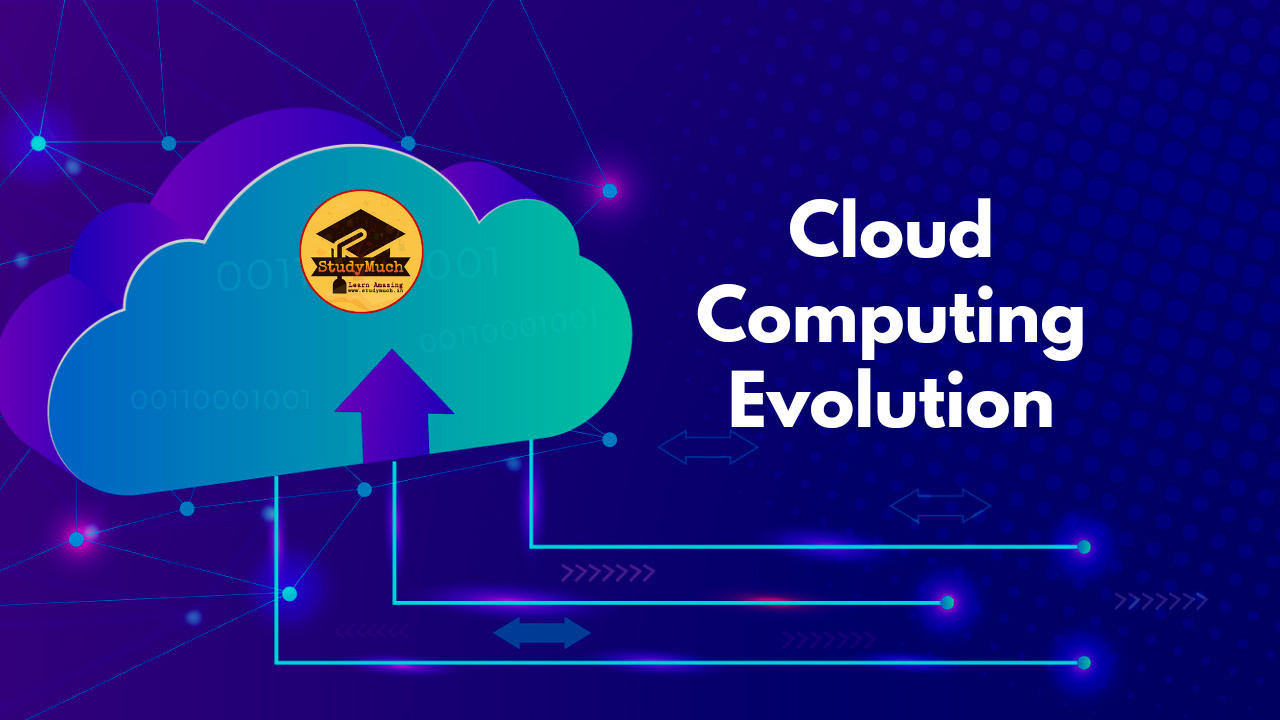Cloud Computing Evolution

Cloud Computing Evolution
In the ever-evolving landscape of technology, one of the most transformative innovations has been the advent of Cloud Computing. Over the past few years, cloud computing has revolutionized the way businesses operate, enabling them to innovate at scale and collaborate more efficiently. In this blog post, we will explore the evolution of cloud computing (Cloud Computing Evolution), its advantages and disadvantages, and the emergence of multi-cloud strategies and hybrid environments.
What is Cloud Computing?
Cloud Computing refers to the provision of computing services, including storage, processing power, and applications, over the internet. Instead of relying on local servers or personal devices, users can access and use resources hosted on remote servers.

Advantages and Disadvantages of Cloud Computing:
Let’s break down the key Advantages and Disadvantages of cloud computing in a tabular format:
|
Advantages |
Disadvantages |
| 1. Cost Efficiency: Cloud services typically operate on a pay-as-you-go model, reducing upfront costs. | 1. Security Concerns: Storing sensitive data on external servers raises security and privacy issues. |
| 2. Scalability: Easy scaling of resources based on demand, allowing businesses to adapt quickly. | 2. Downtime Risks: Reliance on internet connectivity may result in downtime and service interruptions. |
| 3. Flexibility: Access to resources from anywhere with an internet connection, promoting remote work. | 3. Dependency: Businesses become dependent on cloud service providers, risking vendor lock-in. |
| 4. Automatic Updates: Service providers handle maintenance, ensuring the latest updates and patches. | 4. Limited Customization: Some cloud services may have limitations on customization and control. |
Multi-Cloud Strategies:
Recognizing the need for diversity and risk mitigation, many businesses are adopting multi-cloud strategies. This involves using the services of multiple cloud providers, distributing the workload strategically. Benefits of a multi-cloud approach include increased flexibility, avoiding vendor lock-in, and optimizing costs by selecting the most cost-effective services from different providers.
Hybrid Environments:
Hybrid cloud environments combine on-premises infrastructure with cloud services, offering a balance between the control of traditional IT and the agility of the cloud. This approach is particularly advantageous for businesses with sensitive data or regulatory compliance requirements. Hybrid setups provide the flexibility to keep critical workloads on-premises while utilizing the cloud for scalable or less sensitive tasks.

The Future of Cloud Computing:
As technology continues to advance, the future of cloud computing holds exciting possibilities. Further advances in edge computing, Quantum Computing, and further advancements in security protocols are expected to shape the next phase of cloud evolution. The key lies in staying adaptable and leveraging emerging technologies to meet the evolving needs of businesses.
Conclusion:
Cloud computing has come a long way, transforming the IT landscape and empowering businesses to innovate and grow. While it offers numerous advantages, understanding the potential disadvantages and implementing strategic approaches like multi-cloud and hybrid environments can enhance the overall effectiveness and resilience of cloud-based systems. As we look to the future, the continuous evolution of cloud computing promises even greater efficiency, security, and flexibility for businesses around the globe. I hope you understood about this topic (Cloud Computing Evolution) but if you have any doubt you can ask in the comment section. I will try to answer your question,
Learn More;

0 Comments